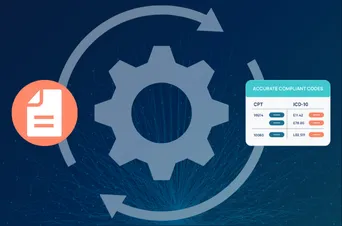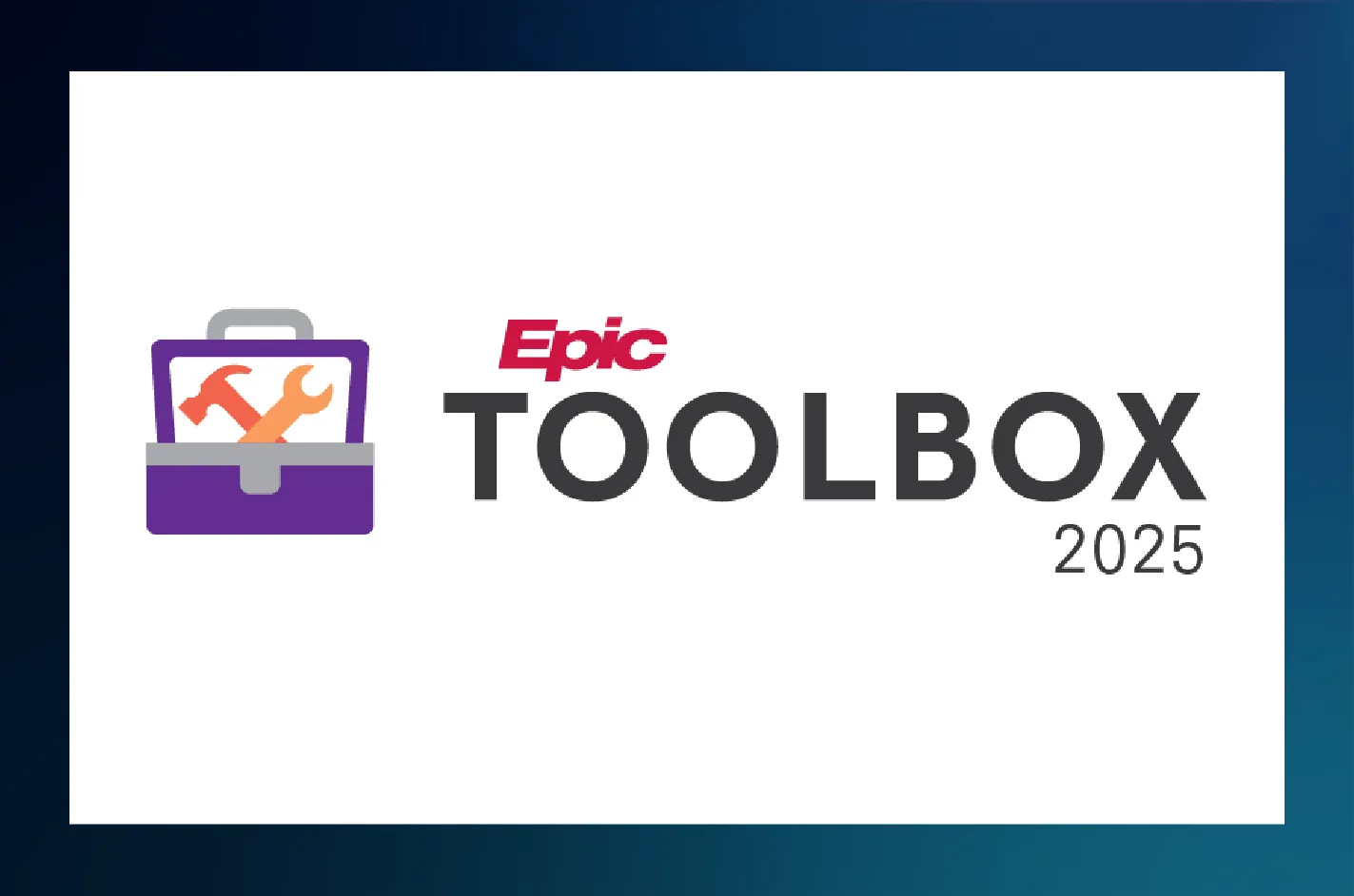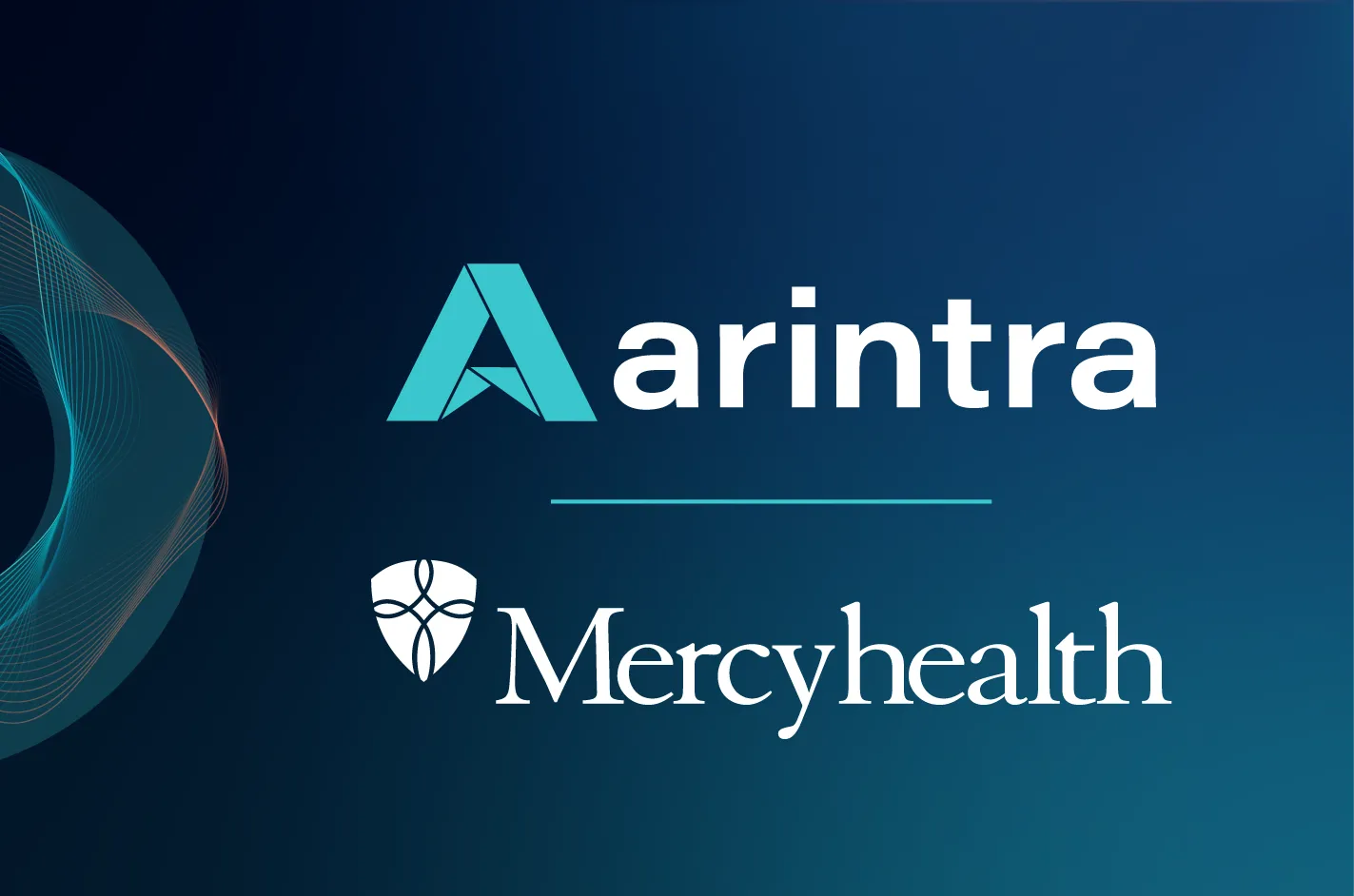What is Medical Coding Automation and How Does it Work?



With the rise of medical coding automation solutions, several platforms on the market offer varying specialties and capabilities. To help you navigate this ever-growing space, we’ll take a look at what medical coding automation is, what challenges it helps solve,and how you can implement it in your organization.
What is Medical Coding Automation and Why Does it Matter Now?
Medical coding automation is a type of technology that streamlines a portion of the coding process. In previous years many coding automation solutions ran on robotic process automation or machine learning, and were limited in scope. Today’s solutions are often powered by advanced artificial intelligence (AI), using large language models (LLMs) and natural language processing (NLP).
With AI-powered technology, medical coding automation can process structured data, which is organized data within healthcare systems that’s in a machine-readable format. It can also intake unstructured data, like hand-written notes. Why does this matter?
- It enables medical coding automation to streamline almost the entire coding process for less complex cases
- It allows medical coding automation to be more accurate than ever before
- It helps organizations better utilize existing coding staff
- It brings a much-needed stability to healthcare orgs, scaling with demand
Medical coding has been a largely manual process since its inception, requiring extensive manual input from coders and physicians alike. With the above AI-driven capabilities, this doesn’t have to be the case.
Common Medical Coding Challenges
The healthcare industry is rife with challenges, and medical coding is no exception. There are a number of challenges facing medical coding today:
- Medical coders are the hardest role to hire in RCM, according to 34% of medical groups.
- Outpatient is expected to grow 18% from 2025-2035, resulting in an increasing coding demand.
- Hospital operating margins are consistently tight, especially for lower-performing hospitals, resulting in resource constraints.
- Coding eats up precious time, especially for physicians, resulting in less time for patients and care delivery.
On top of this, without autonomous coding solutions in place, there are always concerns of quality. Errors can result in denials, which, coupled with insufficient staffing, can result in revenue leakage. All of this impacts your bottom line, making tight margins even tighter.
Benefits of Medical Coding Automation
Autonomous medical coding brings a number of benefits to health systems, many of which also make for a smoother payer process.
- More accurate coding: Modern automated medical coding can deliver highly accurate results. For instance, Arintra delivers 96% coding accuracy.
- More accurate billing: Accurate coding means accurate claims, which results in more accurate bills. This speeds up the payer process, gets bills in the hands of patients faster, and speeds up your cashflow.
- More time for coders: Automated medical coding doesn’t sleep, allowing it to cut down the queues for your coders. Arintra processed more than 112,000 charts in five months for Mercyhealth. That’s precious time back for your coding team.
- More effective auditing: Medical coding automation can provide detailed audit trails, making it possible for your team to combat denials and even identify problematic areas in processes.
- More support for clinical documentation improvement (CDI): Some platforms, like Arintra, provide detailed feedback for physicians and coders alike. This makes it easier for your teams to improve documentation, make fewer mistakes, and work together more effectively as a team.
- More compliant revenue: Medical coding automation’s ability to stay up-to-date with codes, and its accuracy, means fewer denials and more compliant revenue. Coupled with improved CDI efforts, and your organization as a whole can improve compliance end-to-end.
All of the above benefits translate to more accurate and timely payments for your organization, less revenue leakage, and the ability to more effectively predict your cashflow.
Implementing Medical Coding Automation at Your Practice
Launching medical coding automation in your organization isn’t as easy as flipping a switch. Medical coding automation can have a drastic impact on medical coding workflows, so the right foundational steps are necessary to ensure the maximum benefit of the automation.
1. Check for barriers to automation
Before finding a vendor, it’s important you run an audit of the primary barriers that can hinder automation implementation. The most common barriers include:
- A lack of commercial EHR can make it difficult to integrate automation into workflows, as medical coding automation needs to be able to navigate and utilize the data within.
- Excessive outsourcing of coding can make it difficult to automate coding, as your workflows will be less transparent and harder to streamline.
- Poor workflow documentation can also make it difficult to implement coding automation, as you won’t know which areas are bottlenecks, nor which areas would benefit most from automation.
- A lack of buy-in on automation is another barrier. If leaders aren’t bought in, the change management component of automation will be difficult, as will making a case for its upfront cost.
While any of the above aren’t an absolute dealbreaker, they can be a hindrance to implementation. And, enough of them can make it nearly impossible.
2. Find the right vendor
Once you’ve determined you don’t have any major barriers to implementation, you need to find the right vendor. Keep the following in mind when searching:
- Is the vendor tied to a certain EHR? Some vendors may not support your EHR, making it easy to rule them out. Ideally they should support more than one, as this leaves your options open down the road if you pivot to a new EHR.
- Does the vendor automate what you need? Some medical coding automation vendors don’t streamline everything, helping only with structured data, etc. Look for one that can provide the most robust automation possible.
- How is the vendor’s support? There will be hiccups during your automation journey, before, during, and after implementation. Great vendor support will go a long way.
- Can the vendor scale? Your coding needs will ebb and flow, and it’s important a vendor’s automation can shift with them.
Remember: Your organization’s needs may vary, so it’s likely you’ll have additional criteria to that above when looking for medical coding AI.
3. Start small
It’s tempting to want to automate everything, but it’s best to start with a smaller pilot program. Pick a problematic part of your medical coding workflow and start there. For example, you can pick certain types of encounters or a particular specialty area, and automate within that space. Then, measure your results, learn from the process, and expand slowly.
Is Your Organization Ready for Medical Coding Automation?
Medical coding automation can be a boon to your organization, both in the near and long-term. But, only if you’re ready for it.
To help you determine this, be sure to see whether you can answer our five questions around medical coding automation readiness.
If you determine you may not be ready for medical coding automation, take a deep breath. You can always take steps toward automation readiness. And if you’re still in doubt, our team of AI and coding experts is standing by and ready to help.
Speak with the AI and medical coding experts at Arintra









